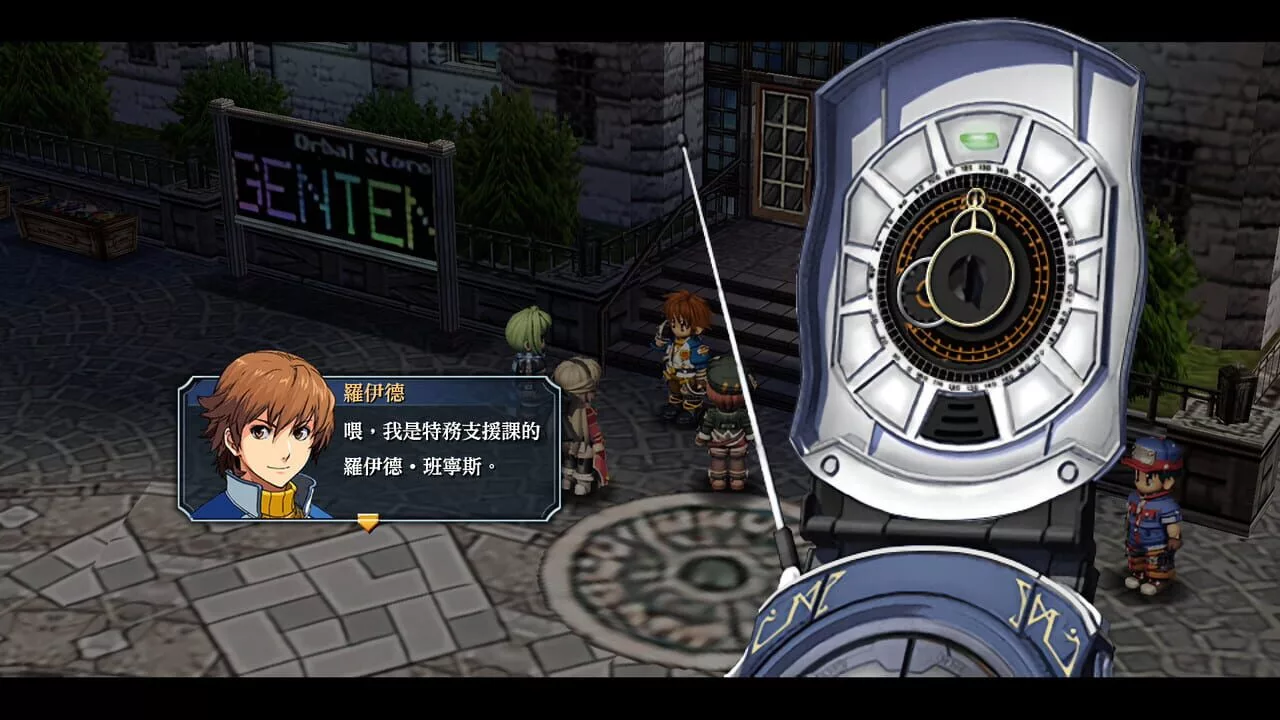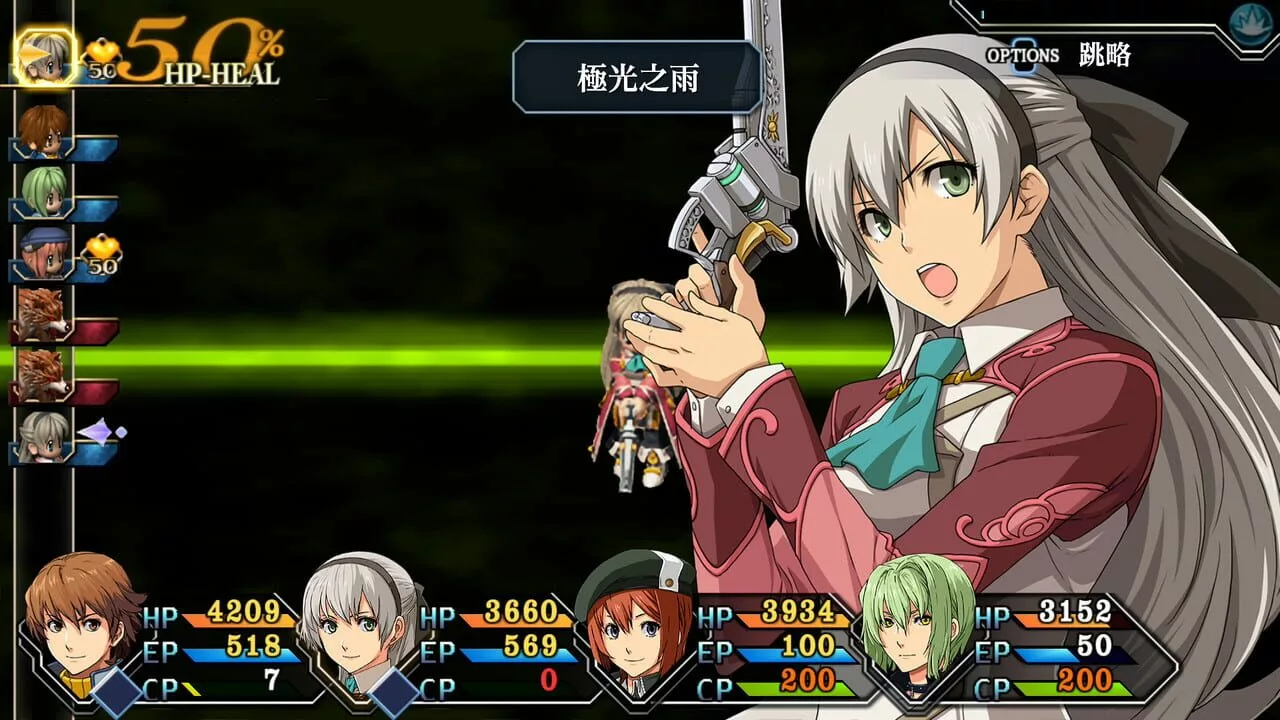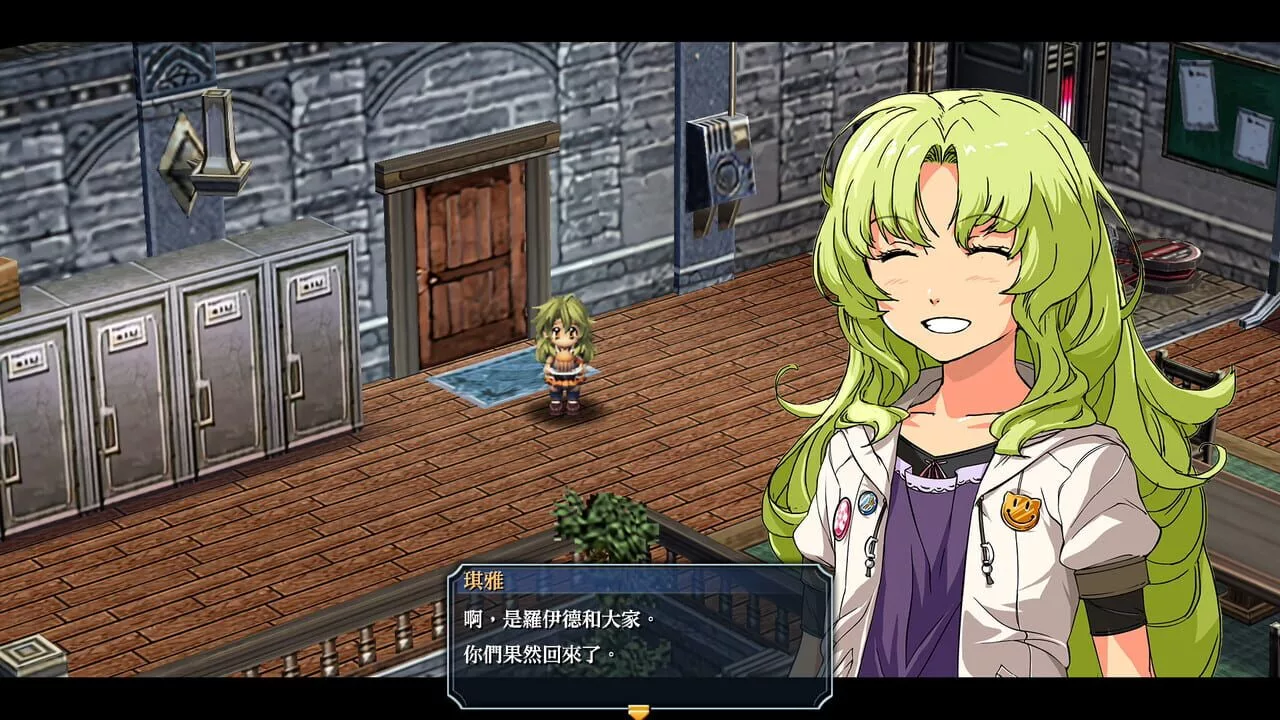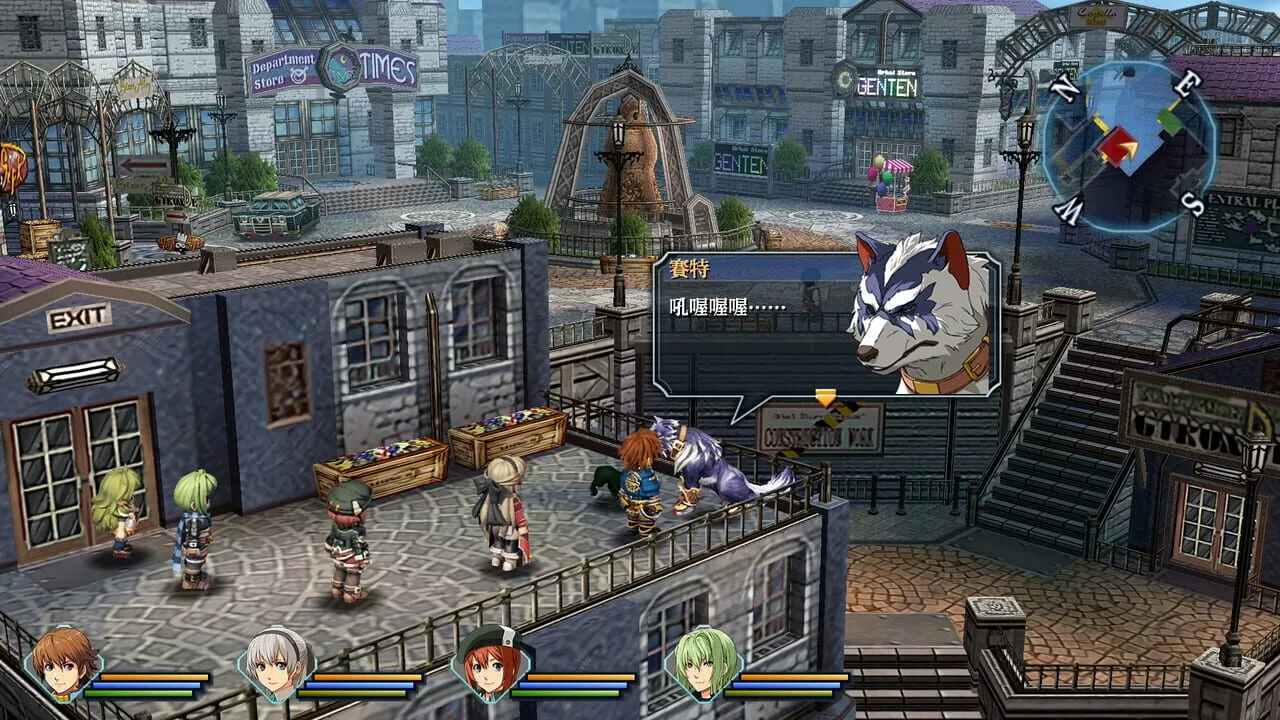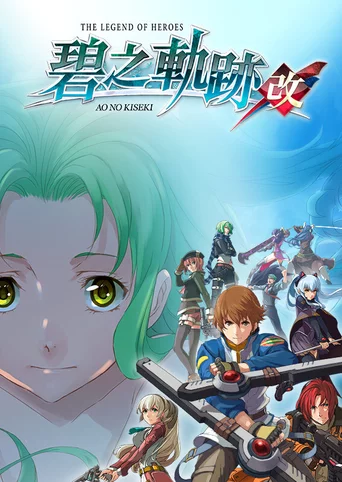
The Legend of Heroes: Ao no Kiseki Kai (2022)
Genres:Role-playing (RPG)
Story:To commemorate the 10th anniversaries of Trails series' Crossbell Arc, The Legend of Heroes: Zero no Kiseki and The Legend of Heroes: Ao no Kiseki released in 2010 and 2011 have been remastered in high-definition with Full Voice Main Story, High-Speed Skip Mode, 60 FPS Support / High Image & Sound Quality, and Various UI Adjustments.Show more
Vote to bring this game to GOG and help preserve it.14
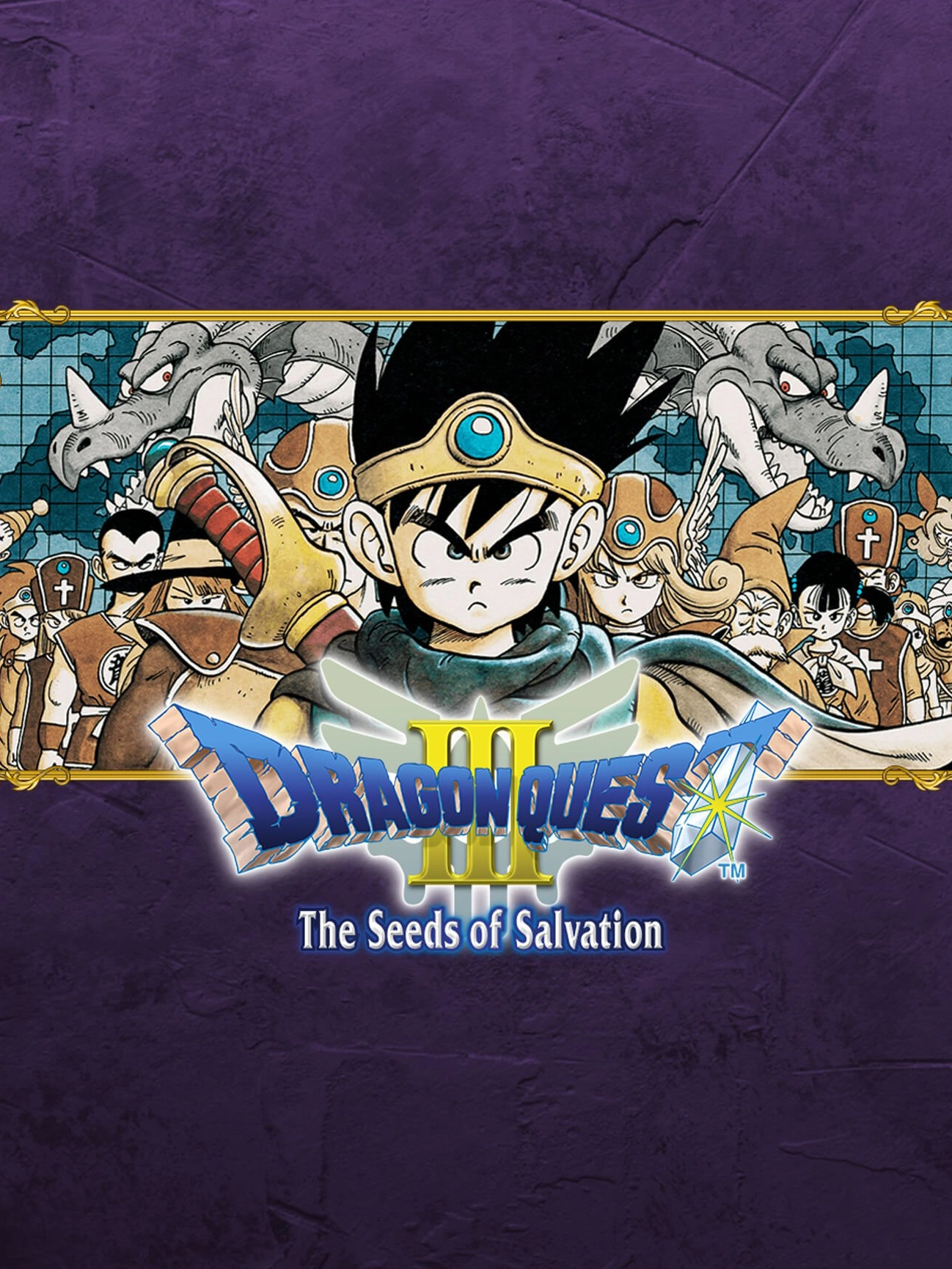
Dragon Quest III: The Seeds of SalvationDragon Quest III is noted for greatly expanding upon the original Dragon Warrior and Dragon Warrior II. The game uses basic console role-playing game conventions, such as leveling up by gaining experience points and equipping items. Battle is turn-based like the other games in the series.
Dragon Warrior III features a class system, in which each character has a certain class. While the Hero always keeps the Hero class, the other characters can choose among the following: Soldier (Warrior in the GBC version), Fighter, Pilgrim (Cleric), Wizard (Mage), Merchant (Dealer), Goof-Off (Jester), Sage, and Thief which was available only in the later versions. The choice of class greatly affects the character's stats and spells he or she can learn. Furthermore, upon reaching experience Level 20, a character has the option of changing classes at the temple of Dhama, found halfway through the game. The game starts with just the Hero in the party, who then is able to recruit a party of three at the local tavern. Unlike most Dragon Quest parties, aside from the Hero, the party is not made up of characters involved in the story. Although only four characters can be in the party at a time, extra members of the party can be kept at the tavern, allowing room for new recruits. Another innovation is an arena where the player can place bets on the outcome of monster battles.
The remakes incorporated some interface changes from later games in the series, such as simplified door opening; the bag, which replaced bank item storage; the item sorting "Tidy Item" and "Tidy Bag" commands; and the "Full HP" command, which can be used outside of combat to automate the process of casting healing and status restoring spells.
While the earlier Dragon Quest games were also non-linear, Dragon Quest III was the most substantial example of open-world gameplay among the early Dragon Quest games. It also allowed the player to swap characters in and out of the party at will, and another "major innovation was the introduction of day/night cycles; certain items, characters, and quests are only accessible at certain times of day."Fantasy Historical Sandbox
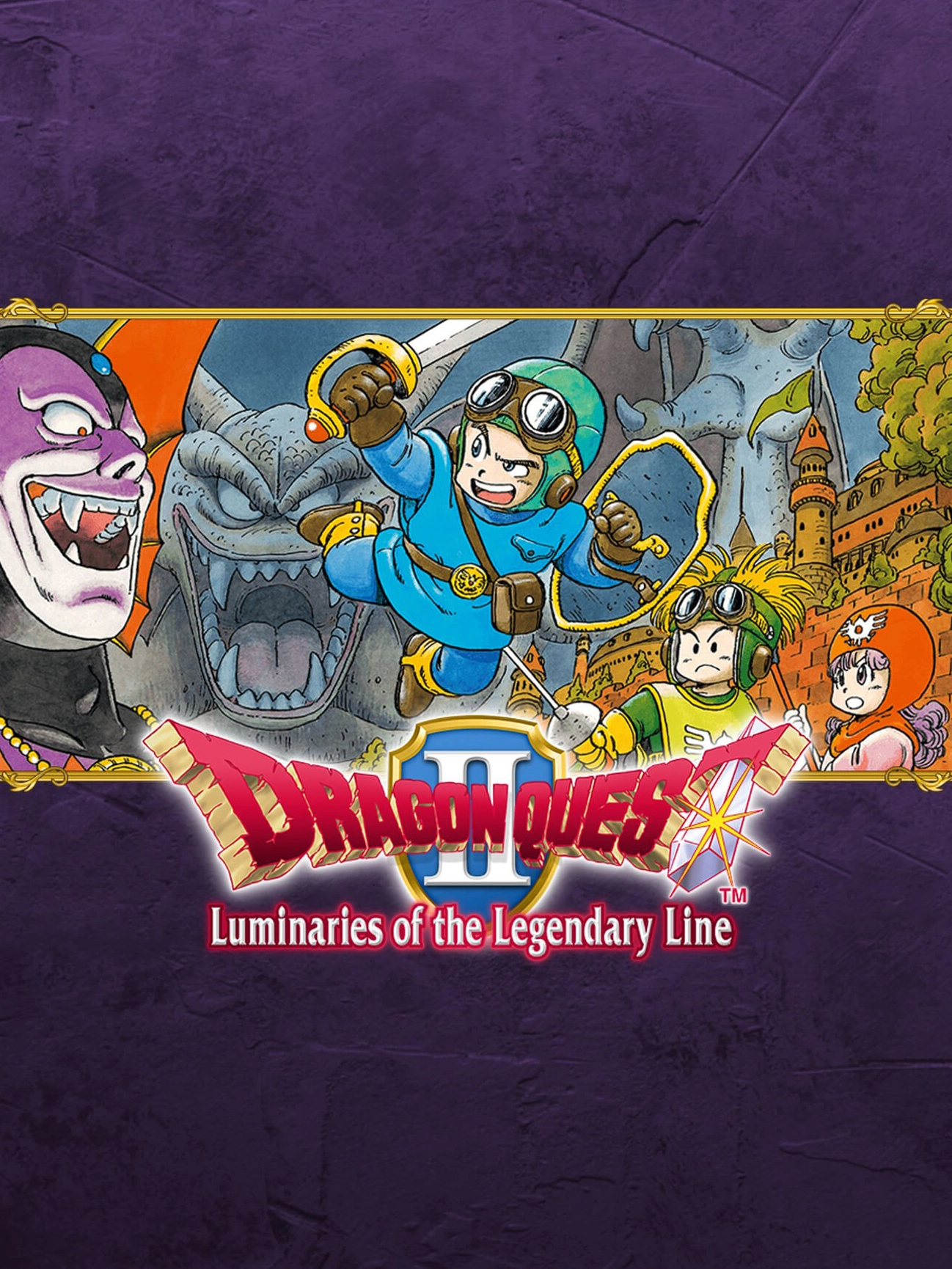
Dragon Quest II: Luminaries of the Legendary LineThis game allows the player to control more than one character, and it is the first one in the Dragon Quest series to do so. The player controls his or her characters as they move in the game world. They can search treasure chests, talk and trade with villagers, equip weapons and armor, and cast spells.Fantasy

Dragon WarriorThough not the first role-playing game developed by a Japanese company, Dragon Warrior is considered one of the progenitors of the Japanese RPG genre, and the first to appear on a home console. The player navigates a lone pre-made protagonist on a top-down overworld, accessing locations represented by icons, similarly to early Ultima games. As opposed to most other RPGs of the time, dungeons are viewed from an overhead perspective as well. In cities and palaces it is possible to talk to people, rest in inns and buy weapons, armor and items in shops.
When wandering around in the wilderness or through dungeons, the player character encounters randomly appearing enemies. Combat is turn-based, with the player selecting menu options while fighting. It is possible to attack with the equipped weapon, cast one of the few available spells (using up some of the magic energy), use an item, or try to run. All the battles in the game are exclusively one-on-one. Killing monsters yields experience, and the player character's attributes improve automatically when he levels up.
With the exception of the final location, the entire game world is theoretically open for exploration from the beginning. However, the enemies become increasingly tough as the player character attempts to move away from the starting town, effectively limiting him to confined areas determined by his level. The hero has limited hit points, loses them when attacked by enemies, and dies when he runs out of them, at which point he is automatically restored in a nearby town. It is possible to save the game only by talking to the king in the initial castle.Fantasy
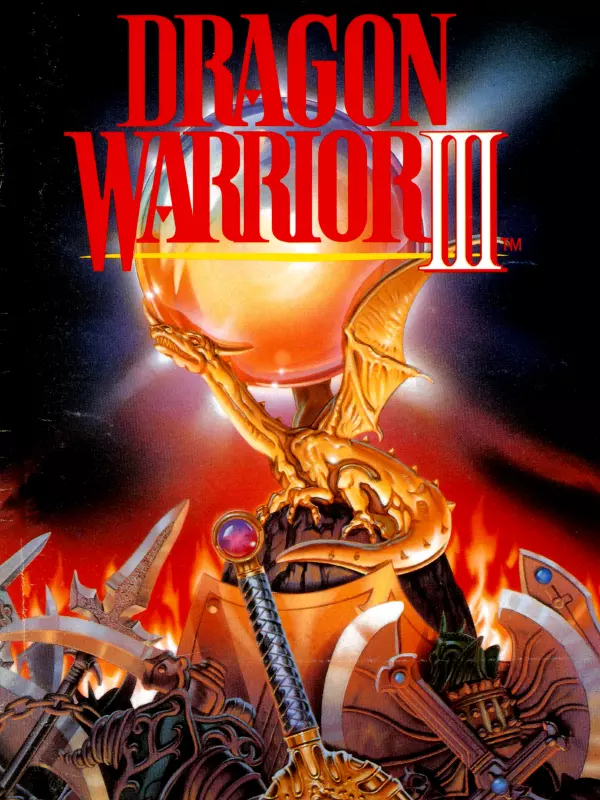
Dragon Warrior IIIDragon Warrior III is a top-down role-playing game where you travel around the overworld, caves, castles, cities and other locations while battling random encounters, buying equipment, and talking to people.
You and your party members receive experience when they beat up monsters and level up with enough experience, increasing their stats.
The game features a day/night cycle - as you travel, day slowly changes to night and vice versa; shops are typically closed at night.
You begin with control of just the main character but can quickly recruit three more members to your party. During the game you can choose to drop your current characters and recruit others at any time. The recruitable characters are divided into six classes: soldier, fighter, merchant, goof-off, pilgrim and wizard.
The game has a unique job system, giving you the ability to switch your hired characters' classes after they have achieved at least level 20 in their base class. Characters can switch to the other beginning classes, as well as the sage class, which is not available at the beginning. When a character switches classes, they lose all earned experience points, and half of their stats, but retain all the abilities of the previous class. In this way, you can create powerful combination characters that are able to cast spells and fight effectively.Fantasy
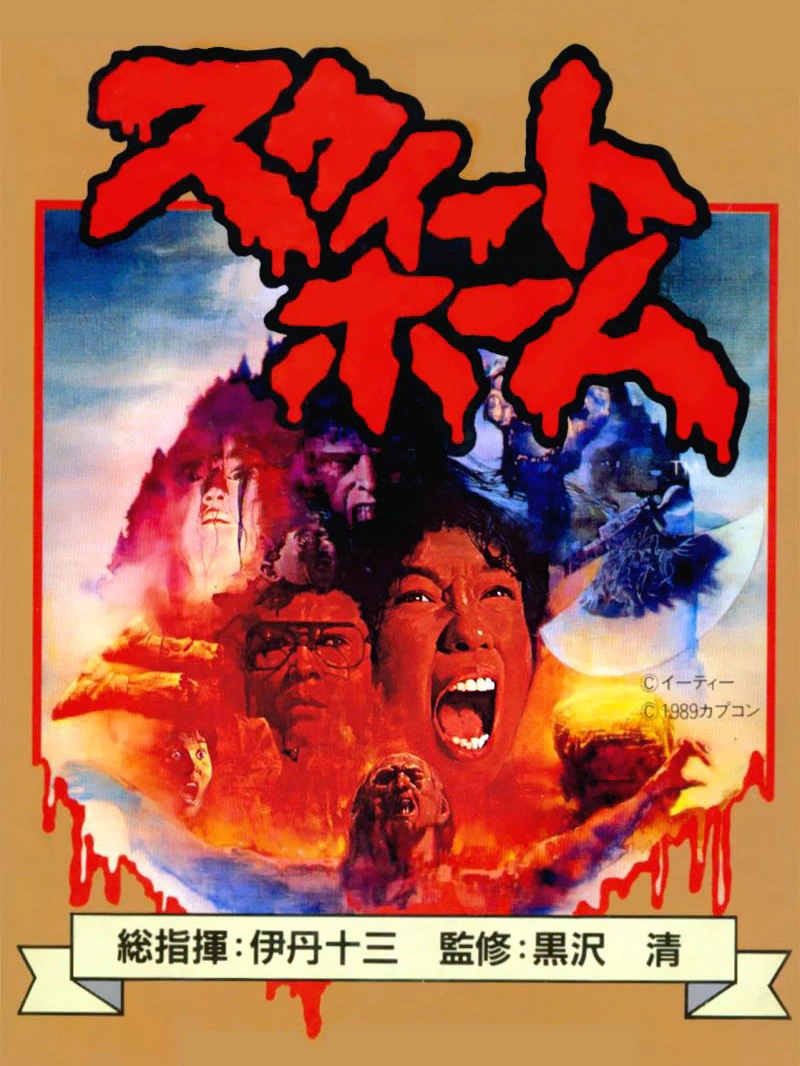
Sweet HomeThirty years prior to the story in 1959, famous artist Ichirō Mamiya hid several precious frescos in his huge mansion before he mysteriously disappeared. In the present day, a team of five documentary filmers seek to recover the paintings from the abandoned, dilapidated mansion. Upon entering, they are trapped inside by the ghost of an unknown woman, who threatens to kill all trespassers.
The team decides to split up and find a way out, but the mansion is both in danger of collapsing and is occupied by countless monsters.Open world Horror Sandbox Survival
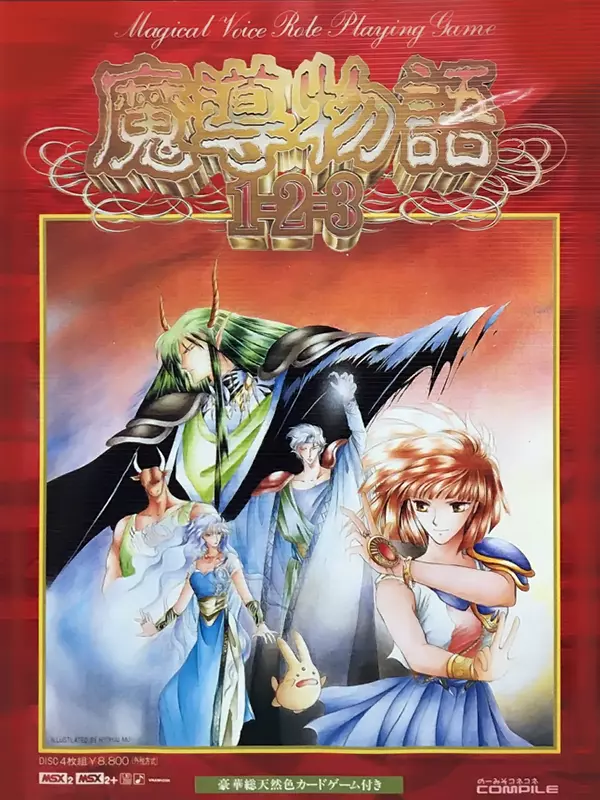
Madou Monogatari 1-2-3Madou Monogatari 1-2-3 consists of three separate adventures, all of which star young magician Arle Nadja. Billed as a "Magical Voice Role Playing Game", Madou Monogatari 1-2-3 combines diverse, colorful monster design with a then-unusual amount of voice work. The game is also notable for a near-complete lack of numerical stats, instead portraying health, damage, and magic capacity using text cues and Arle's face portrait.Fantasy Comedy
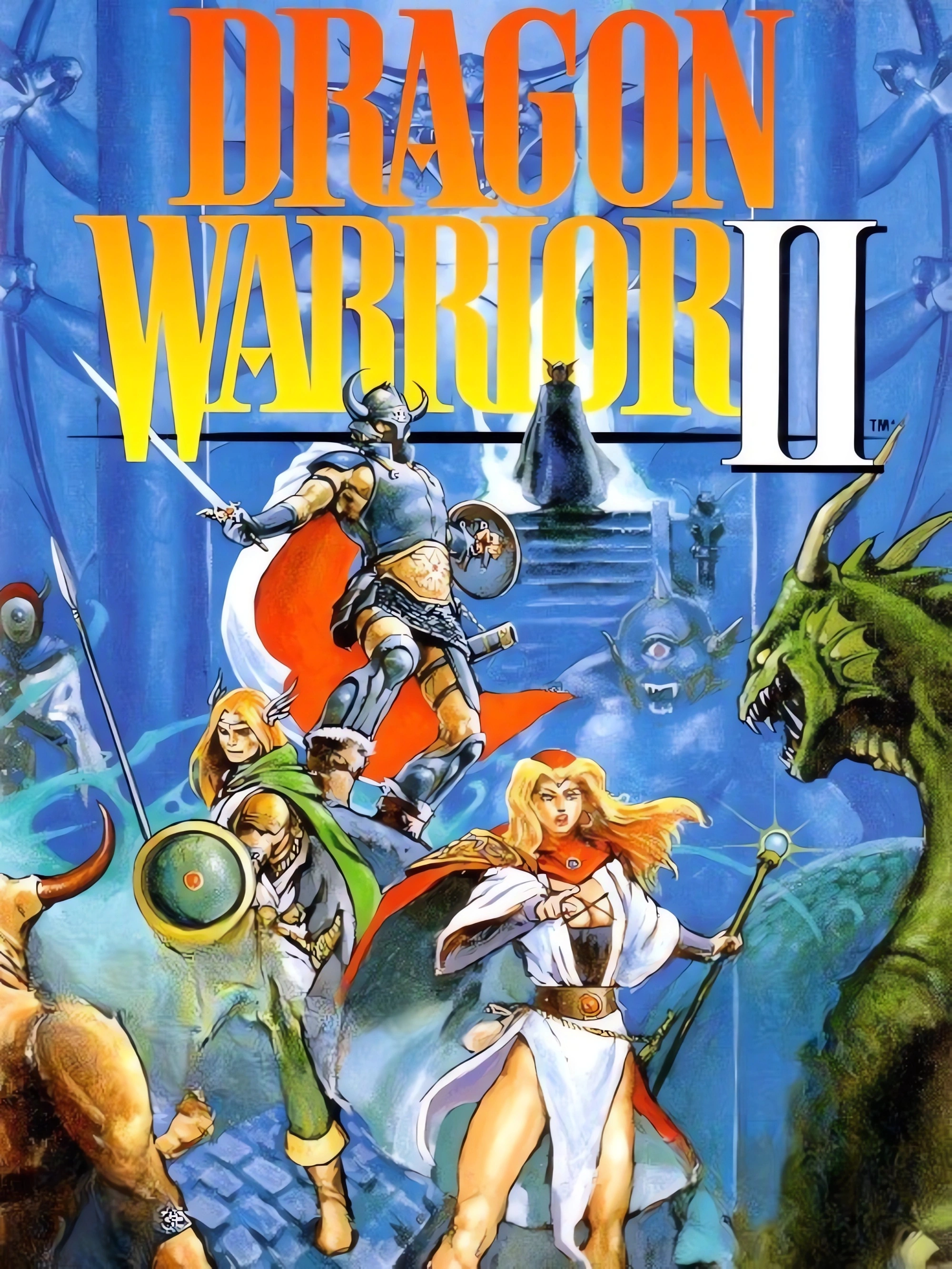
Dragon Warrior IIDragon Warrior II is an early top-down RPG that expands and improves on its predecessor. Unlike the first game, Dragon Warrior II allows the player to join forces with two other characters, a magic-using princess and a wizard-warrior prince.
Also including expanded monster battles involving up to 6 creatures and a much larger world, Dragon Warrior II is an important step in the evolution of the Dragon Warrior series.Fantasy
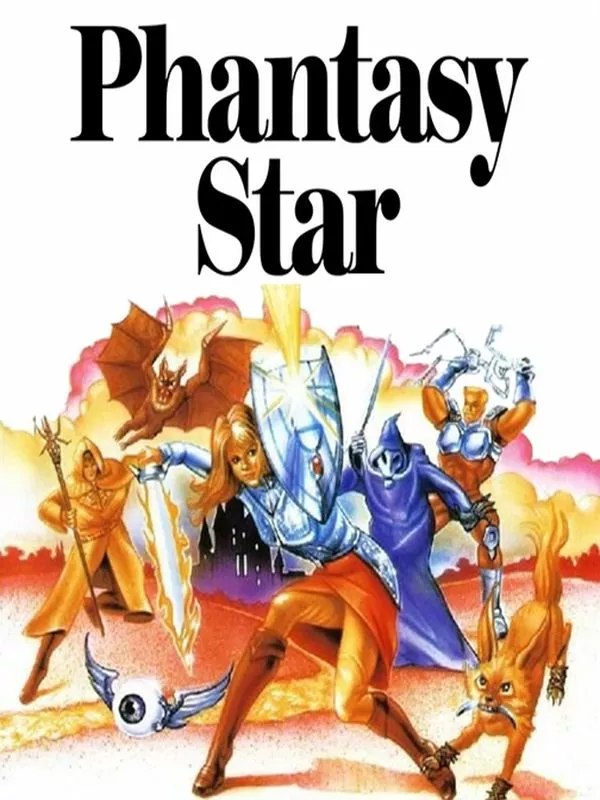
Phantasy StarThe time: Space Century 3240. The place: The Algol Star System. It began when King Lassic turned evil and let hordes of hideous, magical creatures run amok on the three planets. When her brother was killed, Alis vowed to avenge his death and put an end to Lassic forever.
Join her in a journey across time and space to worlds where creatures speak...where magic and science combine to take you on the ultimate video quest.
Phantasy Star is total adventure role playing with towns full of people and shops...16 level dungeons full of traps and treasure...three companions who will help you if you find them and some of the most awesome graphics ever put in a video game.Fantasy Science fiction
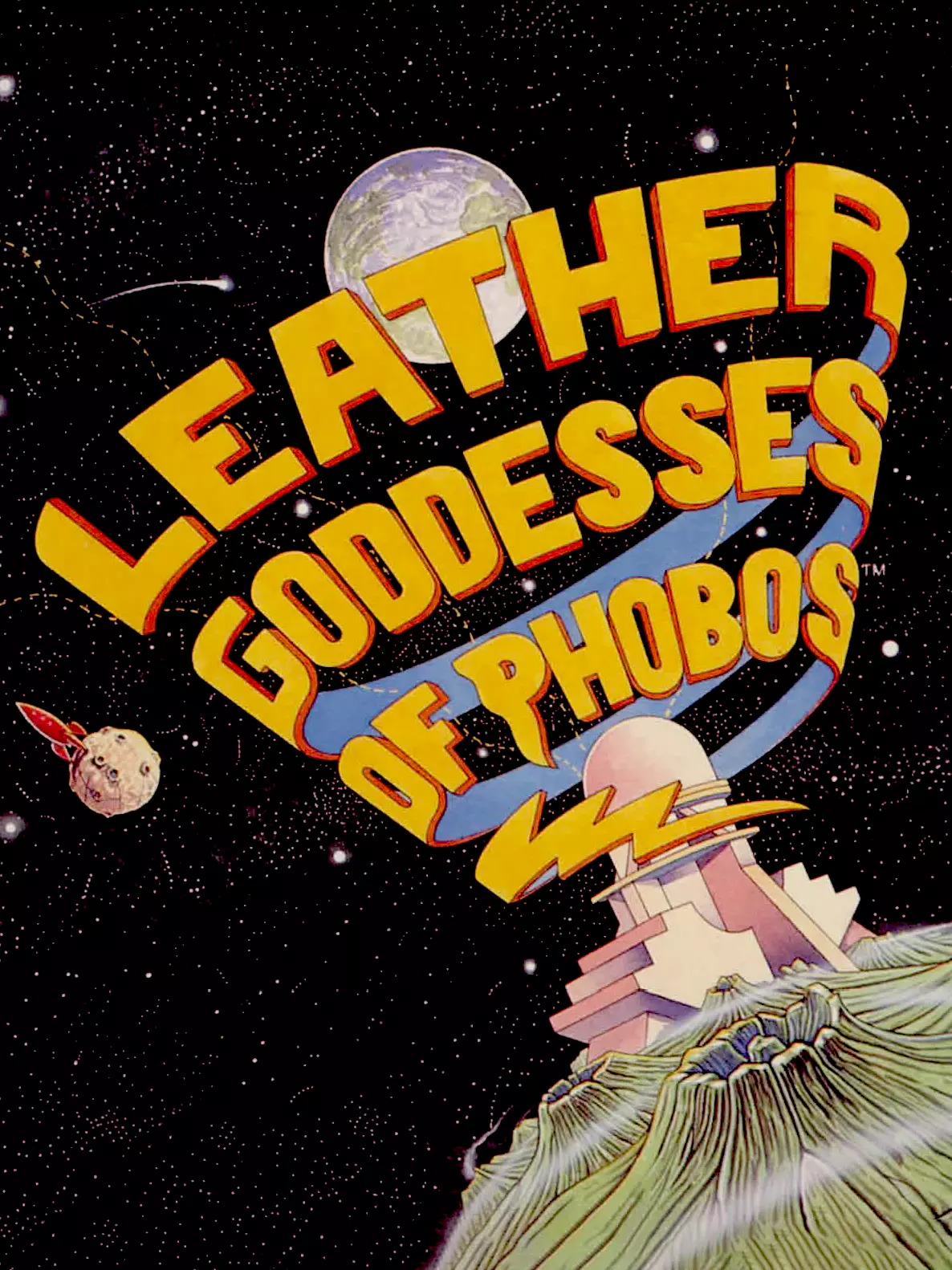
Leather Goddesses of PhobosThe year is 1936, and suddenly the protagonist is abducted by the Leather Goddesses for the final testing in the plan which will enslave every man and woman on earth. These Leather Goddesses of Phobos are just finishing up their plans for the invasion of Earth. If the hero fails to escape and save humanity, the Leather Goddesses will turn the Earth into their pleasure dome.
Leather Goddesses of Phobos is a text adventure with humorous overtones. The player uses standard commands in the text parser to observe his environment and pick up items. The game's 'naughtiness' level can be adjusted between Tame (G), Suggestive (PG), and Lewd (R).Erotic Science fiction
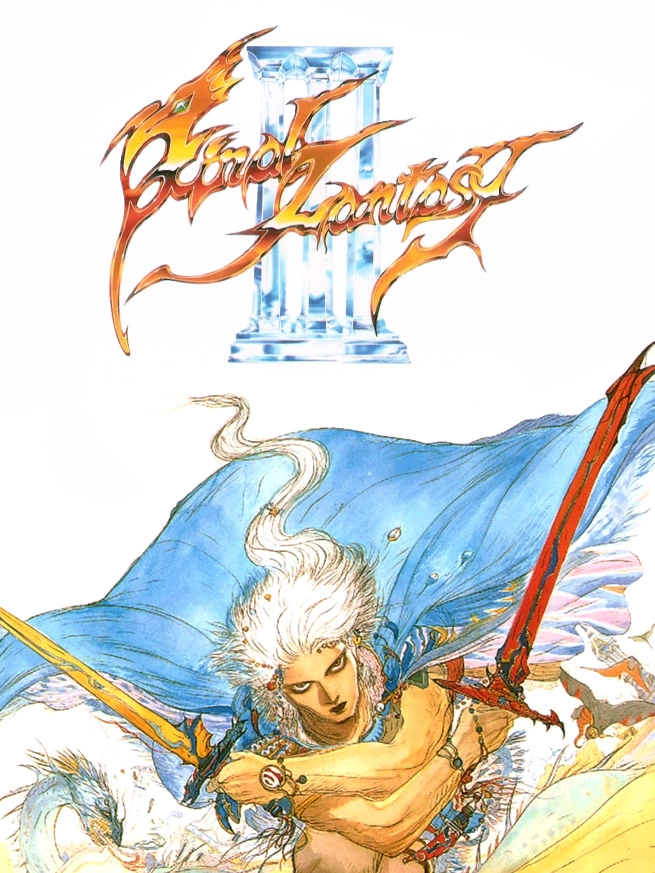
Final Fantasy IIIFinal Fantasy III is the third FF game for the Famicom. The turn-based battle engine has been improved: if the enemy is defeated, the next character will automatically switch to another enemy, and not hit the air, like in the previous two games.
The game itself is, like the previous games, a top-down RPG where your characters travel in the overworld, sometimes entering cities and dungeons to buy equipment, rest and fight random encounters and bosses with turn-based combat. Final Fantasy III also introduces various series staples, such as the Job system and the Moogle species.Fantasy
